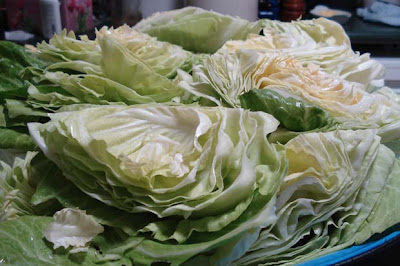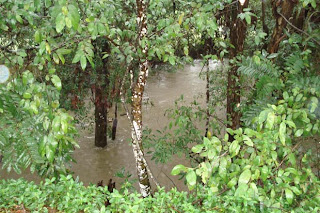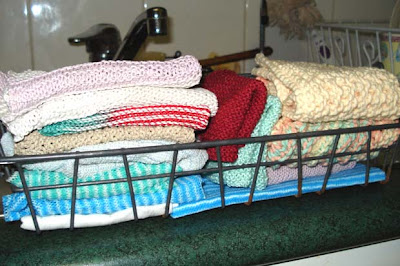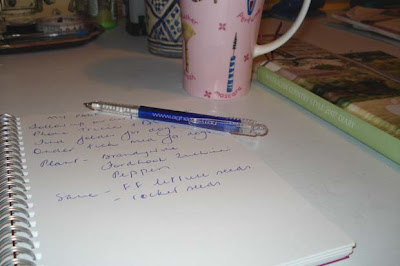Isn't it frustrating when you receive your electricity bill, you think it's too high but you can't really remember what you did to increase it. When I started cutting back and living on less, one of the things I did was to get a better understanding of our electricity consumption by reading the meter. Doing this helped us go from an average three monthly bill of around $400 to our current bill which is always under $200, and usually around $140.
Although there are a couple of different types of meters, most of them are the five dial ones like mine pictured here. Disregard the dial at the bottom with the red pointer.
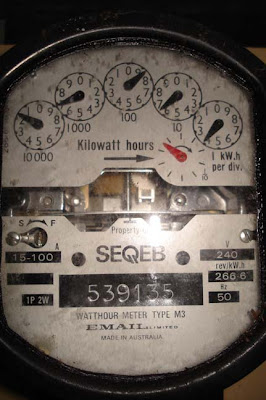
The reading on my meter, when I took this photo last evening, was 16863 kiloWatt-hours (kWh).
When reading a meter and the pointer is between two figures, your reading is the lower number, as the pointer hasn't yet progressed passed the next figure. You can see this clearly on my first dial. The pointer is between the 1 and 2, but hasn't passed 2, so the reading on that dial is 1.
It gets trickier when the pointer is sitting ON a figure, like it is on my second dial. That pointer is sitting on 7. When this happens, look to your next dial - dial three in this case - and see where that pointer is, it will be somewhere between 8 and 0. Here my dial is coming up to 9, indicating it hasn't yet passed 0 and therefore the previous dial is still on 6, even though it looks like it's on 7, it hasn't passed it yet.
Okay, so far we've read my dial to be 16. Dial three hasn't yet moved onto 9, so that dial reads 8. Dial 4 is between 6 and 7, so that reading is 6. The last dial hasn't yet fully moved to 4, so that reading is 3. Write your reading down in a notebook.
You'll also notice a spinning flat wheel below your dials. That indicates how much electricity you're currently using. If it's spinning fast, you're using a lot, if it's slow, you're not using much at all.
I know it sounds complicated, but just remember your reading is always the lower of the two when the pointer is between two figures. When it's sitting on a figure, check the next dial and if it isn't yet on 0, then your reading on the previous dial is the lower number. You'll only have to read the meter a couple of times for it to become clear to you. It sounds complicated but in practise, it's not.
Remember, just reading the meter won't save you money. You have to act on the information you have to lower your bill. When you first start readings, write down what electrical appliances you're using that day. If you read your meter every day, you probably notice spikes in usage when you use the washing machine, dryer, dishwasher, heater or air conditioner. Often seeing how much something spikes your meter, makes you think of ways to lower your usage.
If you have teenagers or younger children, encourage them to do the readings with you. It will make them think about electricity in a different way. Show them how much you pay for each kWh. We don't think much about our usage because a kiloWatt hour doesn't mean anything to us. That is, until you start your readings, then you can't fail to know.
Make sure you do your reading at the same time each day. After you get a good idea of your usage via daily readings and recording your figures, then monitor your usage weekly. If you see a spike over the week, reassess what you're doing in the home with electricity and see if you can bring it down again. Doing this will allow you to reduce your electricity consumption, and your bill, how much you get it down is in your hands.














